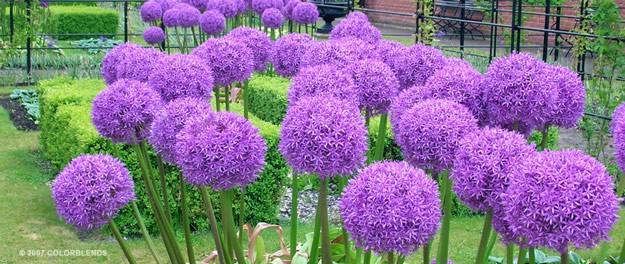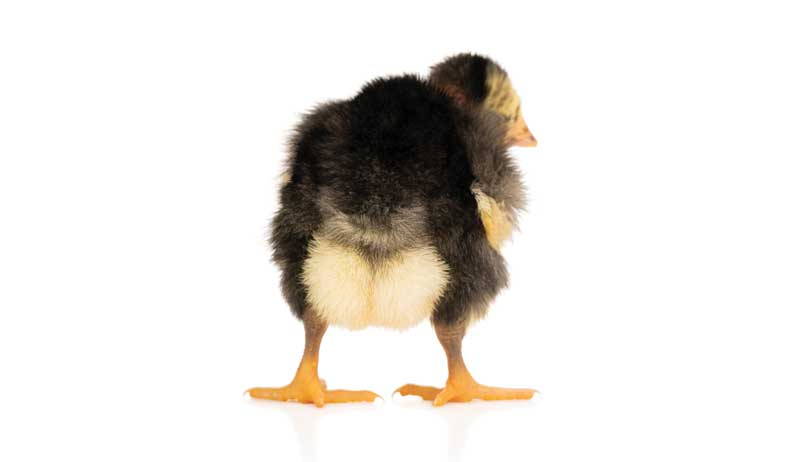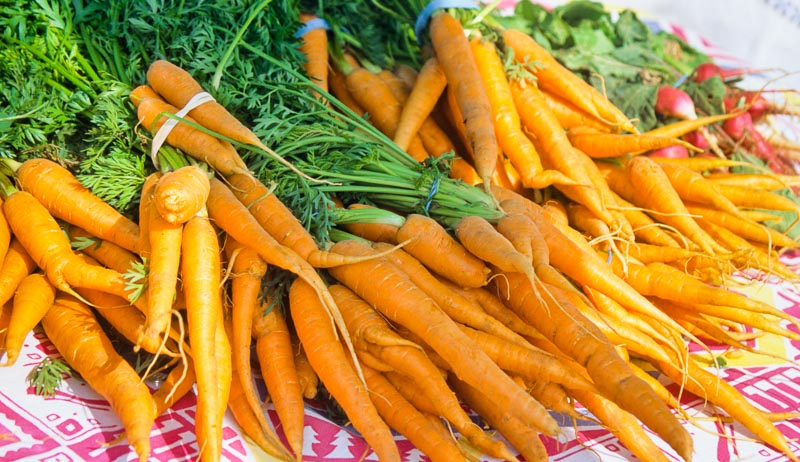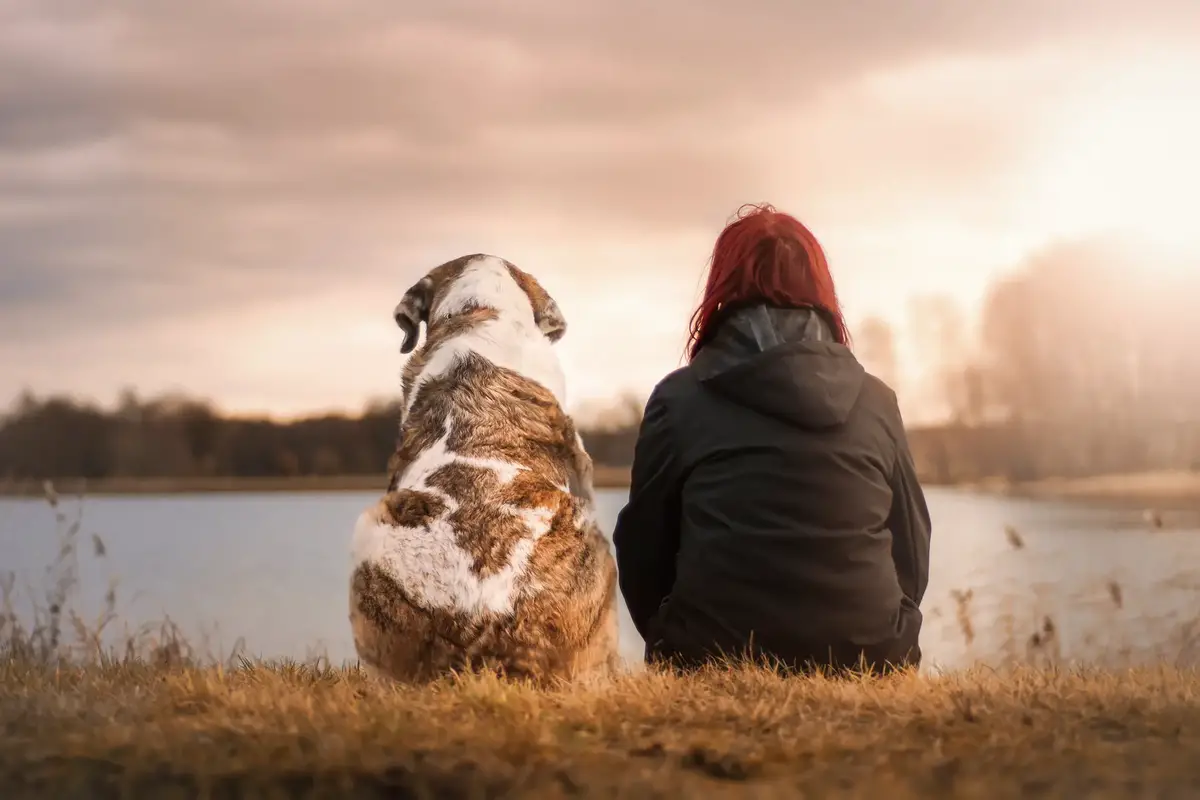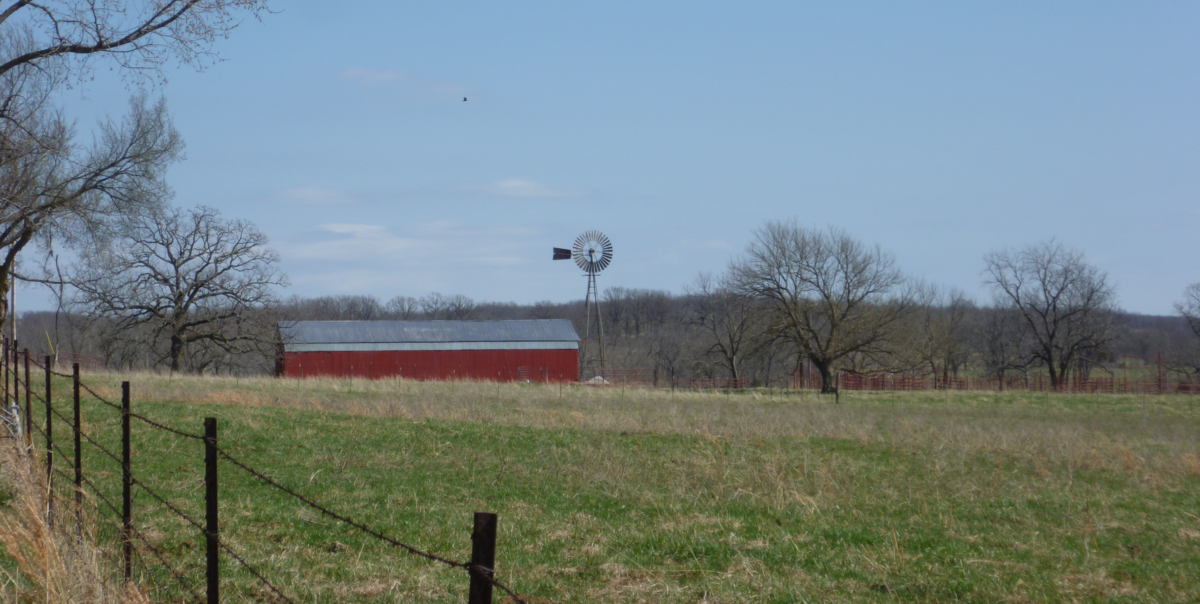7&&void 0!==arguments[7]?arguments[7]:window,c=this;this.name=e,this.funcName=i,this.parameters=null===n?null:p(n)?n:[n],this.isBlock=o,this.blockedBy=s,this.deleteWhenComplete=r,this.isError=!1,this.isComplete=!1,this.isInitialized=!1,this.proceedIfError=a,this.fWindow=l,this.isTimeDelay=!1,this.process=function(){f(“… func = “+e),c.isInitialized=!0,c.isComplete=!0,f(“… func.apply: “+e);var i=c.funcName.split(“.”),n=null,o=this.fWindow||window;i.length>3||(n=3===i.length?o[i[0]][i[1]][i[2]]:2===i.length?o[i[0]][i[1]]:o[c.funcName]),null!=n&&n.apply(null,this.parameters),!0===c.deleteWhenComplete&&delete t[e],!0===c.isBlock&&(f(“—– F’D: “+c.name),u())}},l=function(e,i,t,n,o,s,r){var a=arguments.length>7&&void 0!==arguments[7]?arguments[7]:window,l=this;this.name=e,this.path=i,this.async=o,this.defer=s,this.isBlock=t,this.blockedBy=n,this.isInitialized=!1,this.isError=!1,this.isComplete=!1,this.proceedIfError=r,this.fWindow=a,this.isTimeDelay=!1,this.isPath=function(e){return”/”===e[0]&&”/”!==e[1]},this.getSrc=function(e){return void 0!==window.__ezScriptHost&&this.isPath(e)?window.__ezScriptHost+e:e},this.process=function(){l.isInitialized=!0,f(“… file = “+e);var i=this.fWindow?this.fWindow.document:document,t=i.createElement(“script”);t.src=this.getSrc(this.path),!0===o?t.async=!0:!0===s&&(t.defer=!0),t.onerror=function(){f(“—– ERR’D: “+l.name),l.isError=!0,!0===l.isBlock&&u()},t.onreadystatechange=t.onload=function(){var e=t.readyState;f(“—– F’D: “+l.name),e&&!/loaded|complete/.test(e)||(l.isComplete=!0,!0===l.isBlock&&u())},i.getElementsByTagName(“head”)[0].appendChild(t)}},c=function(e,i){this.name=e,this.path=””,this.async=!1,this.defer=!1,this.isBlock=!1,this.blockedBy=[],this.isInitialized=!0,this.isError=!1,this.isComplete=i,this.proceedIfError=!1,this.isTimeDelay=!1,this.process=function(){}};function d(e){!0!==h(e)&&0!=r&&e.process()}function h(e){if(!0===e.isTimeDelay&&!1===n)return f(e.name+” blocked = TIME DELAY!”),!0;if(p(e.blockedBy))for(var i=0;i200||(f(“let’s go”),m(o),m(s))}function m(e){for(var i in e)if(!1!==e.hasOwnProperty(i)){var t=e[i];!0===t.isComplete||h(t)||!0===t.isInitialized||!0===t.isError?!0===t.isError?f(t.name+”: error”):!0===t.isComplete?f(t.name+”: complete already”):!0===t.isInitialized&&f(t.name+”: initialized already”):t.process()}}function p(e){return”[object Array]”==Object.prototype.toString.call(e)}return window.addEventListener(“load”,(function(){setTimeout((function(){n=!0,f(“TDELAY —–“),u()}),5e3)}),!1),{addFile:function(e,i,n,r,a,c,h,f,u){var m=new l(e,i,n,r,a,c,h,u);!0===f?o[e]=m:s[e]=m,t[e]=m,d(m)},addDelayFile:function(e,i){var n=new l(e,i,!1,[],!1,!1,!0);n.isTimeDelay=!0,f(e+” … FILE! TDELAY”),s[e]=n,t[e]=n,d(n)},addFunc:function(e,n,r,l,c,h,f,u,m,p){!0===h&&(e=e+”_”+i++);var y=new a(e,n,r,l,c,f,u,p);!0===m?o[e]=y:s[e]=y,t[e]=y,d(y)},addDelayFunc:function(e,i,n){var o=new a(e,i,n,!1,[],!0,!0);o.isTimeDelay=!0,f(e+” … FUNCTION! TDELAY”),s[e]=o,t[e]=o,d(o)},items:t,processAll:u,setallowLoad:function(e){r=e},markLoaded:function(e){if(e&&0!==e.length){if(e in t){var i=t[e];!0===i.isComplete?f(i.name+” “+e+”: error loaded duplicate”):(i.isComplete=!0,i.isInitialized=!0)}else t[e]=new c(e,!0);f(“markLoaded dummyfile: “+t[e].name)}},logWhatsBlocked:function(){for(var e in t)!1!==t.hasOwnProperty(e)&&h(t[e])}}}();__ez.evt.add=function(e,t,n){e.addEventListener?e.addEventListener(t,n,!1):e.attachEvent?e.attachEvent(“on”+t,n):e[“on”+t]=n()},__ez.evt.remove=function(e,t,n){e.removeEventListener?e.removeEventListener(t,n,!1):e.detachEvent?e.detachEvent(“on”+t,n):delete e[“on”+t]};__ez.script.add=function(e){var t=document.createElement(“script”);t.src=e,t.async=!0,t.type=”text/javascript”,document.getElementsByTagName(“head”)[0].appendChild(t)};__ez.dot={};!function(){var e;__ez.vep=(e=[],{Add:function(i,t){__ez.dot.isDefined(i)&&__ez.dot.isValid(t)&&e.push({type:”video”,video_impression_id:i,domain_id:__ez.dot.getDID(),t_epoch:__ez.dot.getEpoch(0),data:__ez.dot.dataToStr(t)})},Fire:function(){if(void 0===document.visibilityState||”prerender”!==document.visibilityState){if(__ez.dot.isDefined(e)&&e.length>0)for(;e.length>0;){var i=5;i>e.length&&(i=e.length);var t=e.splice(0,i),o=__ez.dot.getURL(“/detroitchicago/grapefruit.gif”)+”?orig=”+(!0===__ez.template.isOrig?1:0)+”&v=”+btoa(JSON.stringify(t));__ez.dot.Fire(o)}e=[]}}})}();]]> [] Allium – A Homesteading Guide To Onions, Garlics, Chives, and Allium Flowers | Homesteading Simple Self Sufficient Off-The-Grid | Homesteading.com  <![CDATA[ window._wpemojiSettings = {"baseUrl":"https://s.w.org/images/core/emoji/14.0.0/72×72/","ext":".png","svgUrl":"https://s.w.org/images/core/emoji/14.0.0/svg/","svgExt":".svg","source":{"concatemoji":"https://homesteading.com/wp-includes/js/wp-emoji-release.min.js?ver=6.2"}}; /*! This file is auto-generated */ !function(e,a,t){var n,r,o,i=a.createElement("canvas"),p=i.getContext&&i.getContext("2d");function s(e,t){p.clearRect(0,0,i.width,i.height),p.fillText(e,0,0);e=i.toDataURL();return p.clearRect(0,0,i.width,i.height),p.fillText(t,0,0),e===i.toDataURL()}function c(e){var t=a.createElement("script");t.src=e,t.defer=t.type="text/javascript",a.getElementsByTagName("head")[0].appendChild(t)}for(o=Array("flag","emoji"),t.supports={everything:!0,everythingExceptFlag:!0},r=0;r tallest) { tallest = thisHeight; } }); group.height(tallest); } equalHeight($(“.dg-grid-shortcode .dg_grid-shortcode-col”)); $(window).resize(function() { equalHeight($(“.dg-grid-shortcode .dg_grid-shortcode-col”)); }); }); ]]> <![CDATA[
<![CDATA[ window._wpemojiSettings = {"baseUrl":"https://s.w.org/images/core/emoji/14.0.0/72×72/","ext":".png","svgUrl":"https://s.w.org/images/core/emoji/14.0.0/svg/","svgExt":".svg","source":{"concatemoji":"https://homesteading.com/wp-includes/js/wp-emoji-release.min.js?ver=6.2"}}; /*! This file is auto-generated */ !function(e,a,t){var n,r,o,i=a.createElement("canvas"),p=i.getContext&&i.getContext("2d");function s(e,t){p.clearRect(0,0,i.width,i.height),p.fillText(e,0,0);e=i.toDataURL();return p.clearRect(0,0,i.width,i.height),p.fillText(t,0,0),e===i.toDataURL()}function c(e){var t=a.createElement("script");t.src=e,t.defer=t.type="text/javascript",a.getElementsByTagName("head")[0].appendChild(t)}for(o=Array("flag","emoji"),t.supports={everything:!0,everythingExceptFlag:!0},r=0;r tallest) { tallest = thisHeight; } }); group.height(tallest); } equalHeight($(“.dg-grid-shortcode .dg_grid-shortcode-col”)); $(window).resize(function() { equalHeight($(“.dg-grid-shortcode .dg_grid-shortcode-col”)); }); }); ]]> <![CDATA[
Sorry, this product is unavailable. Please choose a different combination. ]]>
Continue reading here




